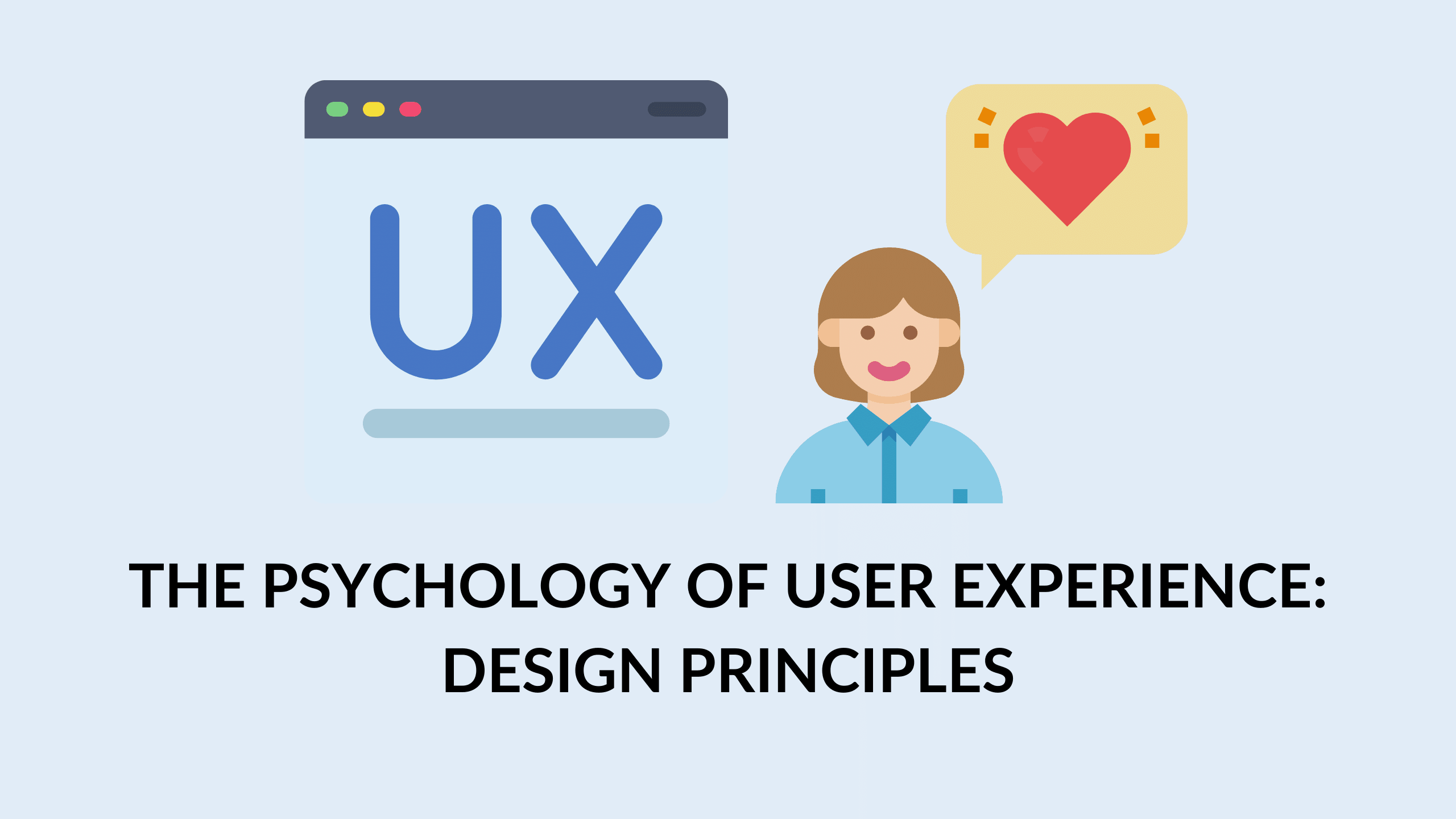The Psychology of User Experience: Design Principles


The Psychology of User Experience: Design Principles
User experience (UX) design is a field that goes beyond aesthetics and functionality. It delves deep into the realm of human psychology to create designs that resonate with users, leading to improved usability, aesthetics, and overall effectiveness. In this article, we will explore key psychological principles that every UX designer should be aware of, and how to apply them to your web design.
Hick’s Law: Less is More
Hick’s Law, named after British psychologist William Edmund Hick, states that the time it takes for users to make a decision increases as the number of choices offered increases. In other words, simplicity is key. Users are more likely to take action when presented with fewer choices.
Applying Hick’s Law to your web design means removing unnecessary links, images, text, and buttons from pages to allow users to find what they need and take the desired actions quickly, with minimal distractions.
Learn more about Hick’s Law here.
Gestalt Principles of Visual Perception
Our brains process information by organizing elements into meaningful patterns. The Gestalt principles explain how viewers naturally group objects together based on principles like symmetry, proximity, similarity, figure and ground, closure, and continuity.
For example, you can use the law of proximity to group related elements on your website, making it easier for users to understand and navigate.
Explore more about Gestalt principles here.
The Psychology of Persuasion
Understanding the science of human behavior is crucial in influencing users. Dr. Robert Cialdini’s book, Influence: The Psychology of Persuasion, introduces the six principles of influence: reciprocity, authority, scarcity, liking, social proof, and commitment/consistency.
By implementing these principles, you can encourage users to take desired actions, such as offering free content in exchange for email addresses, establishing authority and trust, creating a sense of scarcity to drive action, and using social proof to guide user decisions.
For further insights, read about the psychology of persuasion here.
Selective Disregard and Change Blindness
Users tend to ignore what they consider irrelevant, and they have limited attention spans. This behavior is known as selective disregard, which emphasizes the importance of presenting information in a concise and visually appealing way.
On the other hand, change blindness occurs when users fail to notice visual changes on a webpage. It can lead to user confusion and task failure. To mitigate this, focus on the placement and contrast of content in your design.
Learn more about these concepts here.
Memory Limitations
Memory is a complex and sometimes unreliable aspect of human psychology. People often create false memories, making it essential to design with this in mind. Users have a working memory capacity of around 10-15 seconds, so rely on recognition, not recall, to assist users in navigating your website.
Offer user assistance, feedback, and an undo option to reduce user frustration when mistakes are made. Personalize experiences to cater to user preferences.
Mental Models
Mental models are formed from a person’s experiences and expectations of the real world. To create effective online experiences, you need to match users’ mental models in terms of navigation, interactions, and terminology. Users expect consistency throughout their experiences.
Understand your users’ mental models through usability testing, task analysis, observations, and interviews.
The Psychology of Colors
Color psychology is the science of how color affects human behavior. Color choices can influence brand recognition and perception. For example, blue conveys trustworthiness, red denotes excitement, and green symbolizes growth and positivity.
Colors play a vital role in influencing user behavior and perception. Consider your target audience, purpose, and timing when choosing colors for your website and branding.
The Von Restorff Effect
The Von Restorff Effect suggests that distinctive items are more likely to be remembered. To make your design memorable, emphasize important design elements. However, be cautious not to overwhelm users with too many standout elements.
Highlight crucial details using variations in light, color, size, imagery, font, animation, words, and sounds.
Visceral Reactions
Users form visceral reactions to design as soon as they see it. Aesthetics matter because users decide within moments whether they find a design appealing. Make sure your layout is immediately attractive and welcoming.
Elicit visceral reactions through fonts, colors, imagery, and icons. Users are more comfortable with designs they can relate to while creating a unique experience.
Dual-Coding Theory
The dual-coding theory suggests that pairing words with visual representations makes information easier to recall. By creating visual images for words, users can remember and understand information more effectively.
For example, use infographics to pair textual information with visual elements, making it easier for users to grasp the idea and retain it.
The Psychology of Shapes
Shapes hold psychological associations. Circles convey positivity and unity, squares suggest stability, and vertical lines represent masculinity. Understanding these associations can help you create designs that resonate with your target audience.
For instance, consider using circular shapes for a community-oriented website and square shapes for a professional and stable image.
The Pareto Principle, or the 80/20 Rule
The Pareto Principle suggests that a small portion of your design efforts is responsible for the majority of the results. Focus on the 20% that will yield 80% of the desired outcomes.
Identify your design’s 80/20 requirements and prioritize your efforts accordingly. Fine-tune all details where possible to create the ultimate user experience.
Fitts’ Law
Fitts’ Law states that the time to reach a target area is a function of the target size and distance. Make target buttons larger and place them closer to the expected mouse location to reduce interaction time and increase usability.
By understanding and applying these psychological principles, you can create user experiences that are not only visually appealing but also highly effective. Keep in mind that successful designs are timeless, and integrating these principles into your work will set you on the path to becoming a proficient UX designer.





